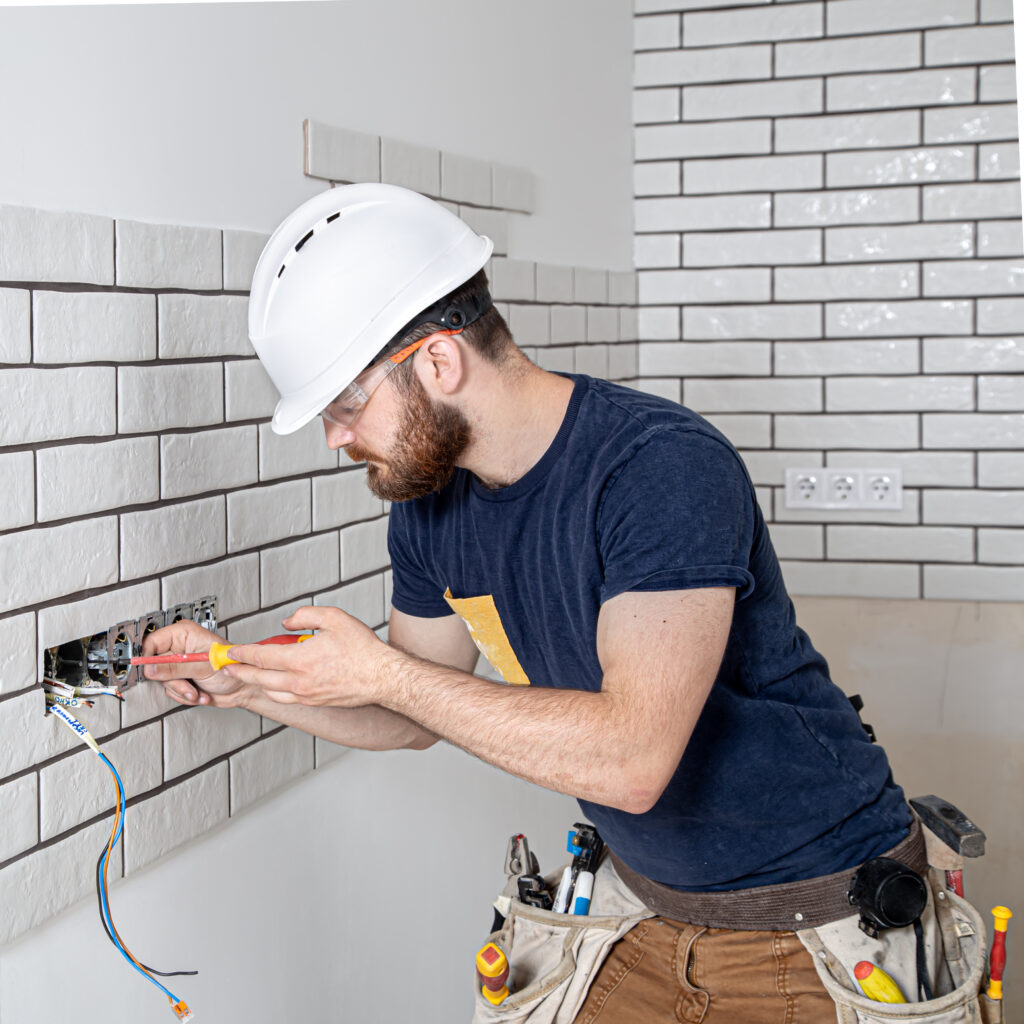Installing equipment in electrical projects is a task that demands precision, safety, and adherence to regulations. Whether you’re a project manager, engineer, journeyman, or master electrician, understanding the best practices for equipment installation is key to ensuring project success. This guide offers valuable insights and tips to optimize the installation process.
1. Understand the Electrical Code Requirements
Before beginning any installation, familiarize yourself with the local electrical code, including the National Electrical Code (NEC). These codes dictate the standards for safe electrical design, installation, and inspection. They are crucial for preventing electrical hazards.
2. Plan and Prepare Thoroughly
A well-planned installation process can save time and reduce the risk of errors. This involves:
- Assessing the Site: Evaluate the installation site for any potential challenges or hazards.
- Gathering Necessary Tools and Equipment: Ensure you have all the necessary tools and materials before starting.
- Reviewing Equipment Specifications: Understand the equipment’s electrical requirements and limitations.
3. Prioritize Safety
Safety should be your top priority. This includes:
- Using Personal Protective Equipment (PPE): Always wear appropriate PPE like gloves, safety glasses, and hard hats.
- Following Lockout/Tagout Procedures: Ensure all energy sources are de-energized and locked out before beginning work.
- Being Aware of Surroundings: Stay alert to potential hazards like live wires or unstable structures.
4. Ensure Quality of Workmanship
Proper installation is not just about following the code but also about ensuring quality. This includes:
- Secure Mounting: Ensure equipment is mounted securely to prevent movement or vibration.
- Proper Wiring: Follow manufacturer guidelines and electrical standards for wiring connections.
- Testing After Installation: Conduct thorough testing to ensure the equipment operates as intended.
5. Document Everything
Keep detailed records of the installation process. This documentation should include:
- Installation Details: Record what was installed, how, and by whom.
- Testing Results: Keep a log of all tests performed and their results.
- Changes or Adjustments: Note any deviations from the original plan.
6. Stay Updated with Latest Trends and Technologies
The field of electrical installation is continually evolving. Stay informed about the latest technologies, tools, and best practices in equipment installation. This not only improves efficiency but also ensures compliance with the latest safety standards.


